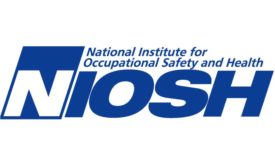Home » depression
Articles Tagged with ''depression''
A NIOSH Science Blog post
Job strain, long work hours, and suicidal thoughts
September 18, 2018
Today is World Suicide Prevention Day
…and September is National Suicide Prevention Month
September 10, 2018
Follow these 10 steps for a less stressful workplace
Take mental health seriously
November 21, 2017
Become a Leader in Safety Culture
Build your knowledge with ISHN, covering key safety, health and industrial hygiene news, products, and trends.
JOIN TODAYCopyright ©2025. All Rights Reserved BNP Media.
Design, CMS, Hosting & Web Development :: ePublishing







